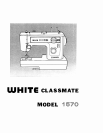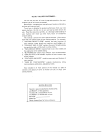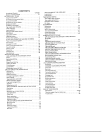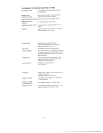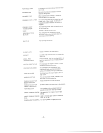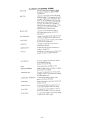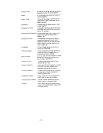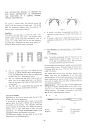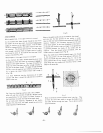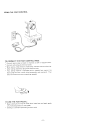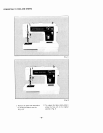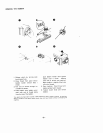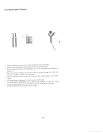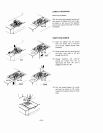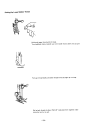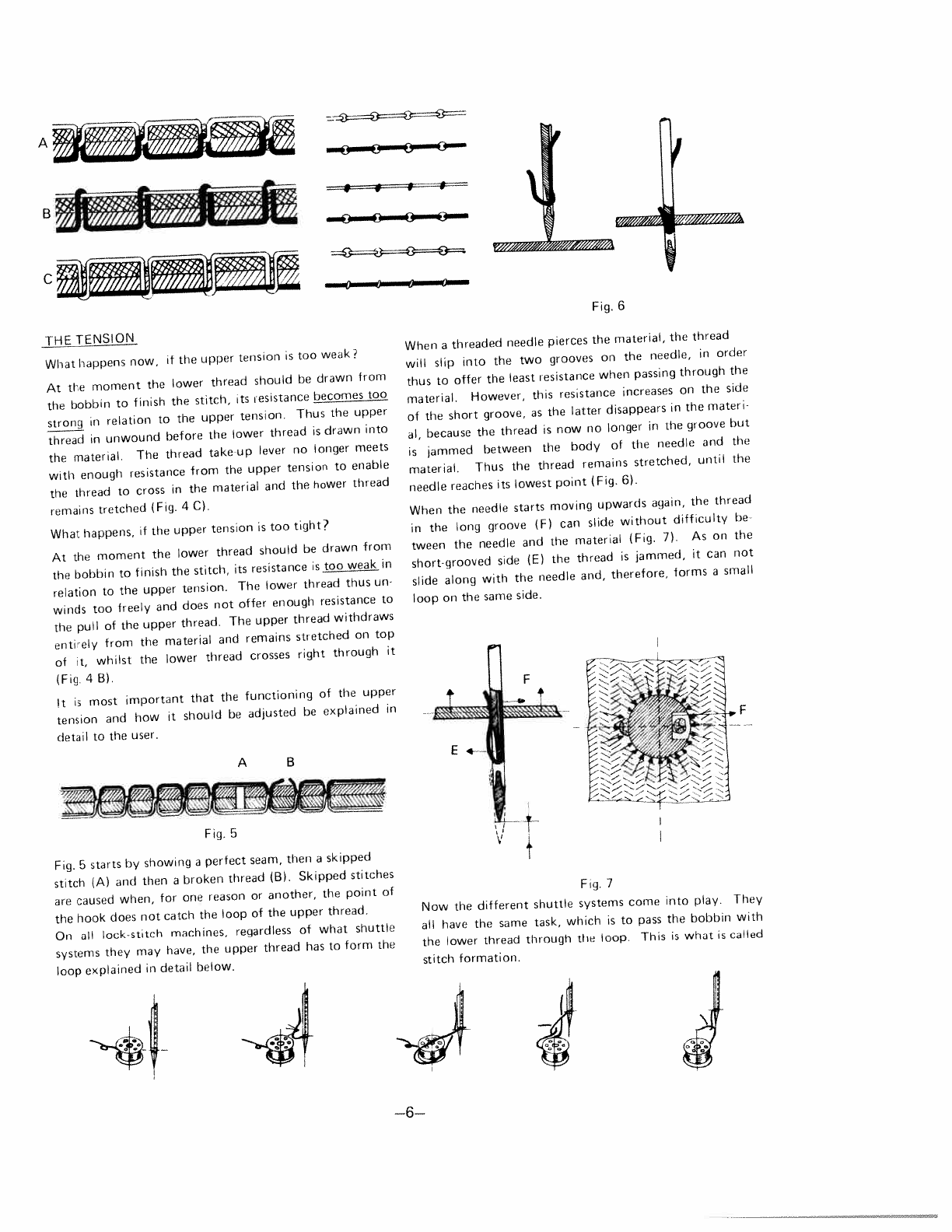
A
THE
TENSION
What
happens
now,
if
the
upper
tension
is
too
weak?
At
the
moment
the
lower
thread
should
he
drawn
from
the
bobbin
to
finish
the
stitch,
its
resistance
becomes
too
strong
in
relation
to
the
upper
tension.
Thus
the
upper
thread
in
unwound
before
the
lower
thread
is
drawn
into
the
material.
The
thread
take-up
lever
no
longer
meets
with
enough
resistance
from
the
upper
tension
to
enable
the
thread
to
cross
in
the
material
and
the
hewer
thread
remains
tretched
(Fig.
4
C).
What
happens,
if
the
upper
tension
is
too
tight?
At
the
moment
the
lower
thread
should
be
drawn
from
the
bobbin
to
finish
the
stitch,
its
resistance
is
too
weak
in
relation
to
the
upper
tension.
The
lower
thread
thus
un
winds
too
freely
and
does
not
offer
enough
resistance
to
the
pull
of
the
upper
thread.
The
upper
thread
withdraws
entirely
from
the
material
and
remains
stretched
on
top
of
it.
whilst
the
lower
thread
crosses
right
through
it
(Fig.
4
8).
It
is
most
important
that
the
functioning
of
the
upper
tension
and
how
it
should
be
adjusted
be
explained
in
detail
to
the
user.
Fig.
5
Fig.
5
starts
by
showing
a
perfect
seam,
then
a
skipped
stitch
(A)
and
then
a
broken
thread
(B).
Skipped
stitches
are
caused
when,
for
one
reason
or
another,
the
point
of
the
hook
does
not
catch
the
loop
of
the
upper
thread.
On
all
lock-stitch
machines,
regardless
of
what
shuttle
systems
they
may
have,
the
upper
thread
has
to
form
the
loop
explained
in
detail
below.
When
a
threaded
needle
pierces
the
material,
the
thread
will
slip
into
the
two
grooves
on
the
needle,
in
order
thus
to
offer
the
least
resistance
when
passing
through
the
material.
However,
this
resistance
increases
on
the
side
of
the
short
groove,
as
the
latter
disappears
in
the
materi
al,
because
the
thread
is
now
no
longer
in
the
groove
but
is
jammed
between
the
body
of
the
needle
and
the
material.
Thus
the
thread
remains
stretched,
until
the
needle
reaches
its
lowest
point
(Fig.
6>.
When
the
needle
starts
moving
upwards
again,
the
thread
in
the
long
groove
(F)
can
slide
without
difficulty
be
tween
the
needle
and
the
material
(Fig.
7).
As
on
the
short-grooved
side
(E)
the
thread
is
jammed,
it
can
not
slide
along
with
the
needle
and,
therefore,
forms
a
small
loop
on
the
same
side.
Fig.
7
Now
the
different
shuttle
systems
come
into
play.
They
all
have
the
same
task,
which
is
to
pass
the
bobbin
with
the
lower
thread
through
the
loop.
This
is
what
is
called
stitch
formation.
Fig.
6
P
F
V
4
1
—6-—



